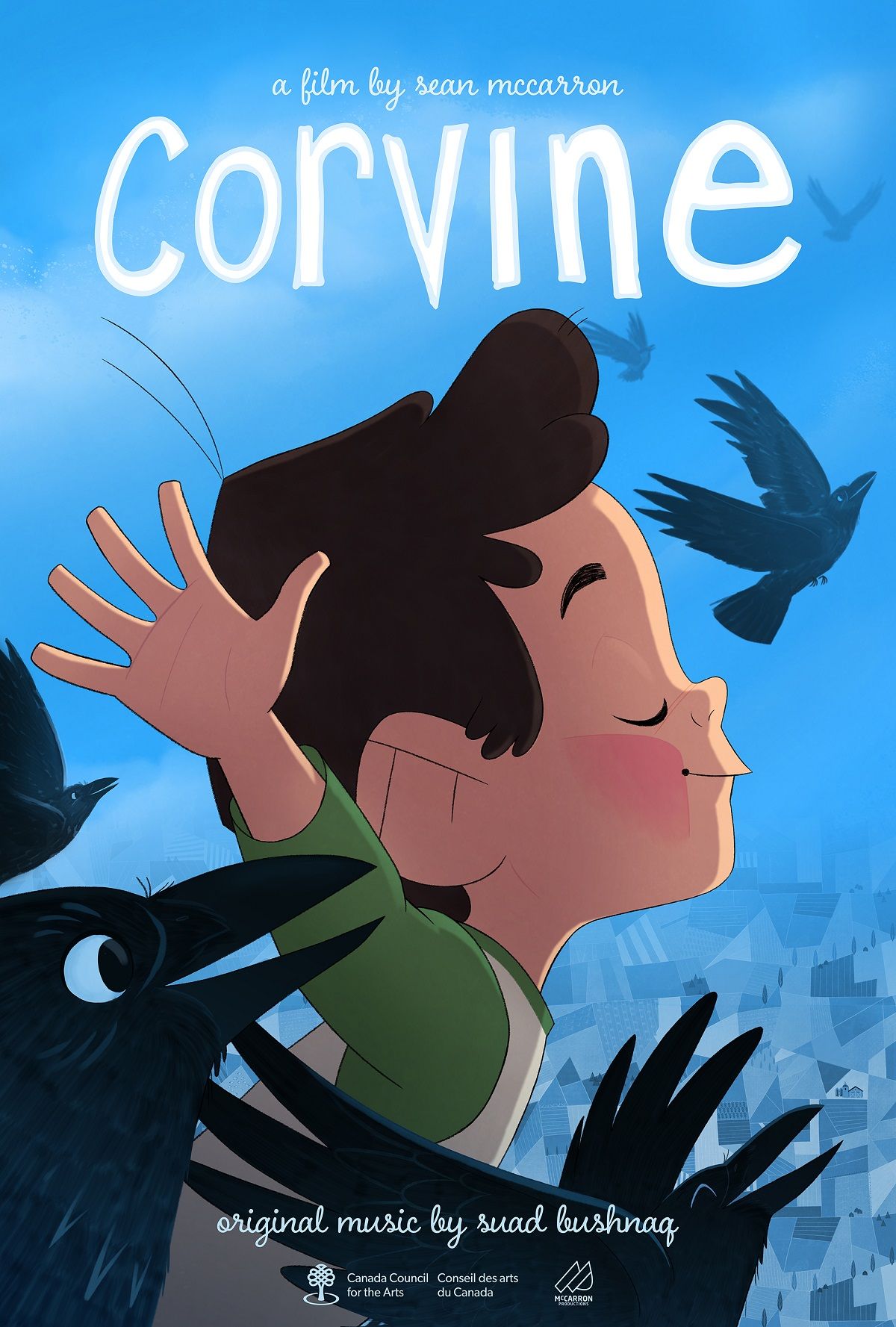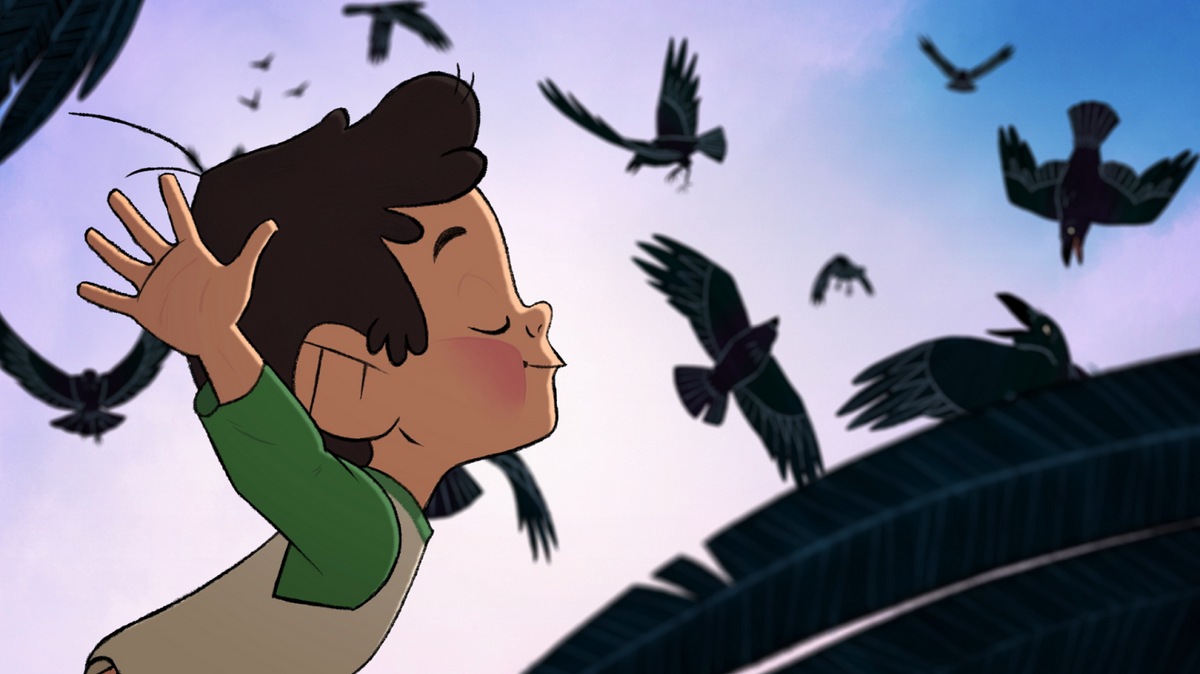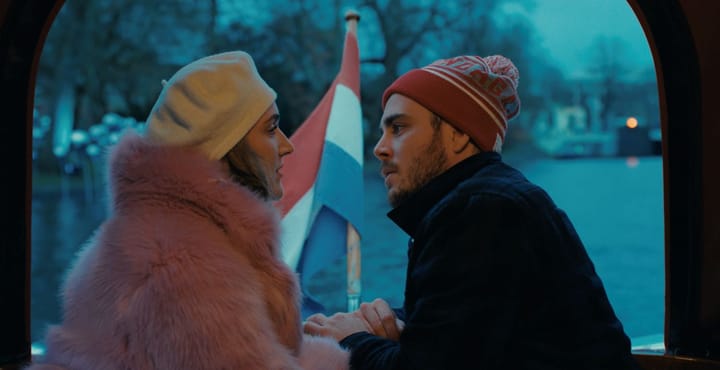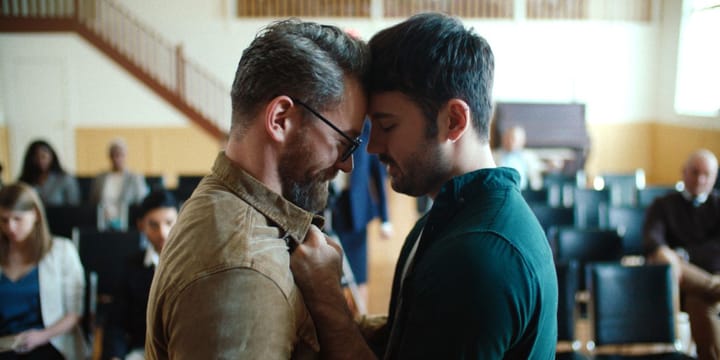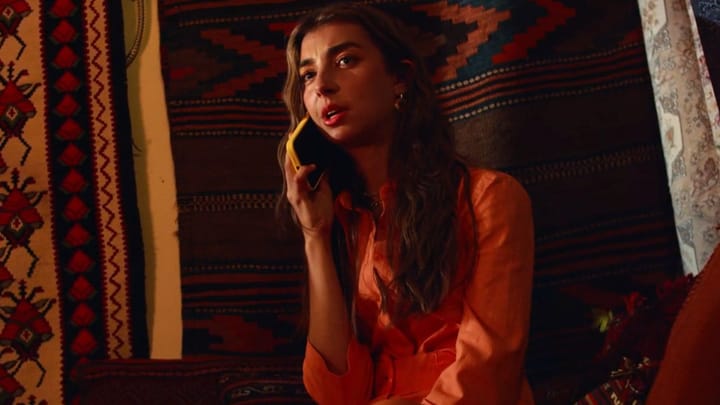A young boy with an affinity for crows struggles to find his place in the world in Corvine. Writer-director-animator Sean McCarron discusses the story and inspiration behind his award-winning short.
Corvine tells the story of an eccentric boy who has trouble fitting in at school due to his fascination with (and ability to mimic) crows. The film combines fantasy and realism to paint a touching portrait of childhood, creativity and belonging.
For Vancouver-based filmmaker Sean McCarron, Corvine marks his first foray into writing and directing after more than twenty years of working as an animator and storyboard artist. He says the project captures his love for traditional animation and the role of art in our lives.
“For me, the film is about the power and the importance of expression, and about being yourself and finding a way to take what you know from your experiences and put them into art as a way of making sense of the world,” he says.
As McCarron explains, the inspiration for the film came when a crossword puzzle clue for a seven-letter word meaning ‘crow-like’ brought back a unique memory.
“When I was growing up, my dad would sometimes call the crows in our neighborhood. He sounded just like a crow and they would actually come in for a closer look. It was really funny,” he says. “I actually got him to voice the boy in the film, so every time the boy crows that’s really my dad. That was kind of fun.”
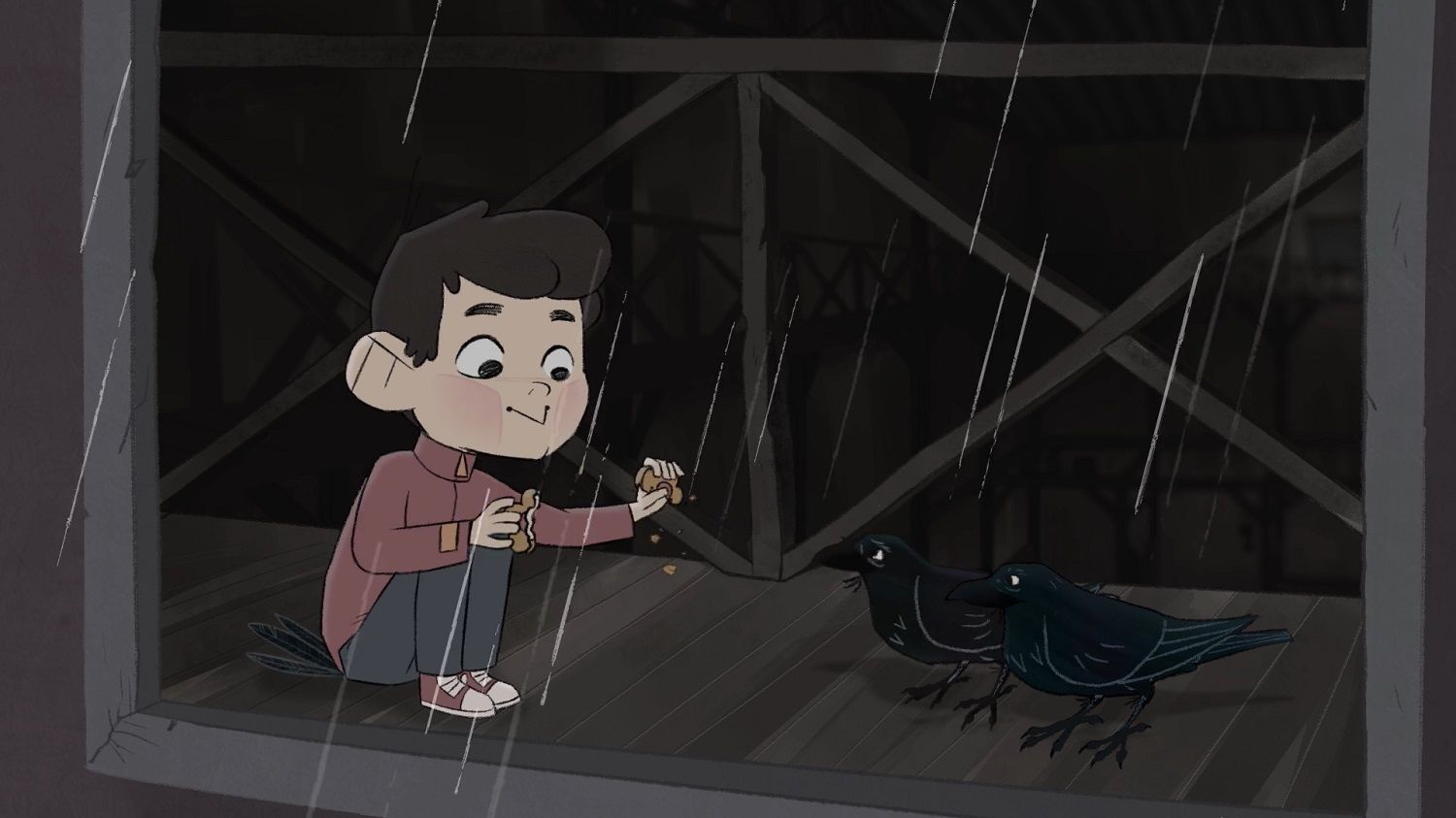
From initial idea to finished work, Corvine took nearly eight years, much of which McCarron spent developing the story and visual look he wanted for the film.
“It sounds like a long time and it is, but it’s not that long when you consider that it’s animation and you’re doing it with limited resources,” he says. “For a long while, I had all these storyboards and I was showing them to everyone and getting feedback and improving it to the point where I was like, ‘Well, I can’t really improve on this anymore’.”
By the time he began to seek funding for the project, McCarron had already started a rough draft of the animation. After being turned down by a number of studios, he finally found backing in the form of a $60,000 first-time-filmmakers grant from the Canada Council for the Arts.
“I’m taking from the community and that’s a big thing. You want to be able to give back, to represent them and make sure it gets done.”
“Getting the funding was essential for speeding things up. I was able to hire a small team, and I could get the film done in another year rather than two or three on my own,” he says. “But possibly the biggest thing it allowed me to do was to get music and do sound – things that I couldn’t even attempt to do by myself.”
While McCarron describes the CCA’s funding stream for new filmmakers as “a massive step in the right direction” for Canadian content creators, he notes that it is important to recognize the responsibility that comes with accepting money from government agencies (and taxpayers).
“It’s essentially an investment for them. They’re putting money into you and they want to make sure they get a return in the form of somebody who is going to have a film that has something to say and is going to reach people,” he says. “We talk about community and the arts, but that’s literally what I’m doing – I’m taking from the community and that’s a big thing. You want to be able to give back, to represent them and make sure it gets done.”
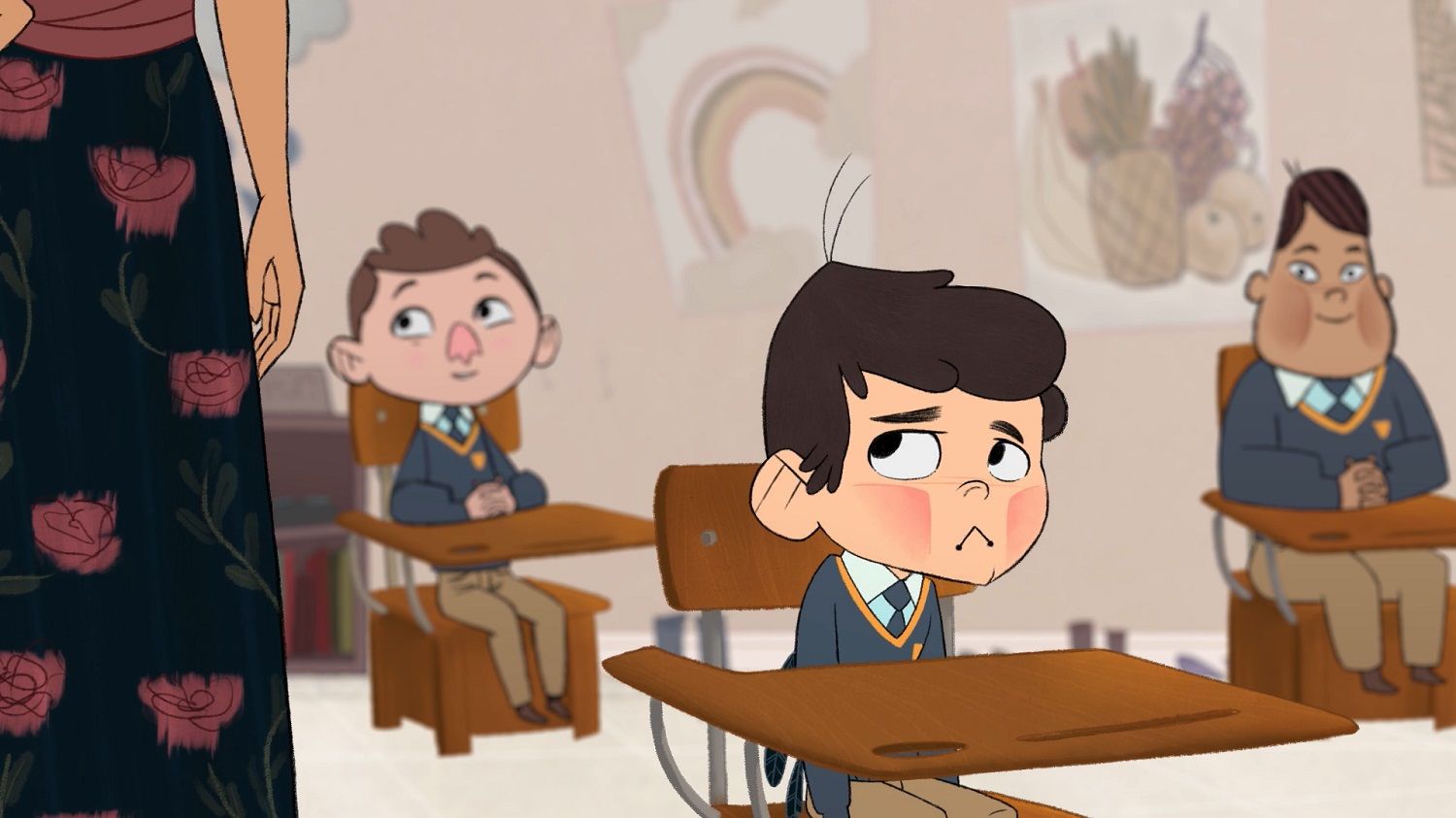
On one hand, McCarron says working on Corvine was “a therapeutic thing” that allowed him to put aside the deadline-driven pressures of his day job and create art for art’s sake; on the other hand, he adds, parts of the project also demanded a steep learning curve.
“Sound was such a huge part of the process and I had no idea going in how it worked. When you film live action, there’s something there you can work on, but with animation you have nothing. It’s silent and then all of the sound effects have to be put in,” he says. “There’s a lot of stress because you’ve put eight years into this project, and now you’re dealing with something completely new.”
One aspect he says he didn’t have to worry about, however, was the film’s soundtrack. The orchestral score was provided by Toronto-based composer Suad Bushnaq, whom McCarron says showed enormous love for the film and wanted to contribute as much as possible.
“She got it and it was just wonderful. The first time I heard the score I actually cried because it was so amazing.”
“The music was just a revelation. Suad is such a professional and she was way ahead of me in terms of understanding how to tell a story with sound in a way that I just didn’t have,” McCarron says. “She got it and it was just wonderful. The first time I heard the score I actually cried because it was so amazing.”
Suad’s music also added what McCarron calls a “very whimsical” dimension to the film and took the story in directions he admits he hadn’t previously thought of.
“That whole part of it was a really easy and I feel really lucky in that respect. Actually, I’m concerned going into my next project when I’ll have to do music again because Suad made it so easy for me that I’ve been lulled into this false sense of security,” he jokes.

Looking back, McCarron says he is pleased with the overall result, and how it came together in line with his vision and on budget.
“I’m really happy that I got to the end and I don’t hate it! That’s something that has happened to me in the past. By the end you think, ‘I don’t like this,’ and you tuck it away and never want to see it again. I got to the end of this one and I’m really proud of it,” he says.
Corvine premiered at the Calgary International Film Festival last September and has been making regular stops on the screening circuit since then. The film is also set to appear next month as part of the animated shorts section at the Tribeca Film Festival in New York.
“I hope they come away from the film wanting to accept and see joy in others and to celebrate the differences and be good to one another.”
“One of the best things about having a finished film is just getting it out there and going to some of the festivals. When you’re in the cinema with people and they’re laughing or they go really quiet and they’re staring, you know you have them. It’s amazing to see,” McCarron says.
Ultimately, he says that the eight-year journey involved in realizing the project has been an amazing experience and that he is glad that audiences have connected with the story.
“I hope people get the feeling that it really takes a community. I want them to be aware of their actions, whether positive or negative, and how they might impact others. I hope they come away from the film wanting to accept and see joy in others and to celebrate the differences and be good to one another,” McCarron says.
For more on upcoming screenings and other information about Corvine, follow the film’s official Facebook page here. Connect with Sean McCarron via his website here.
